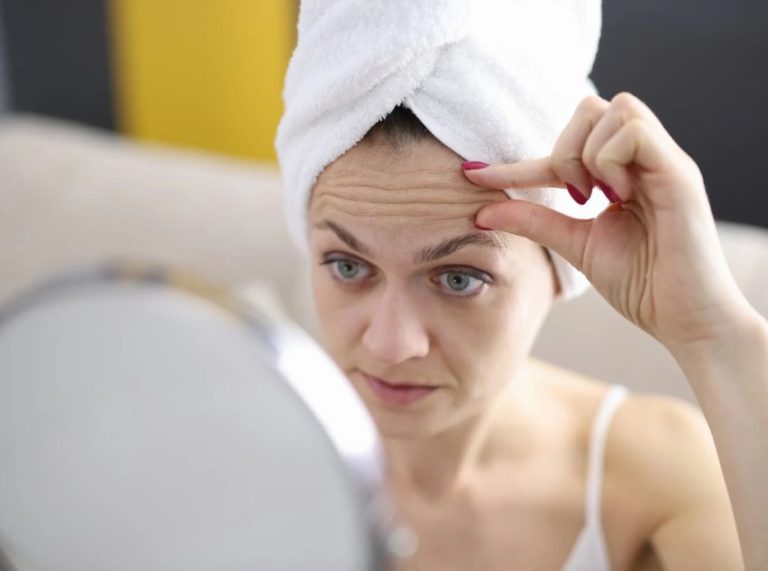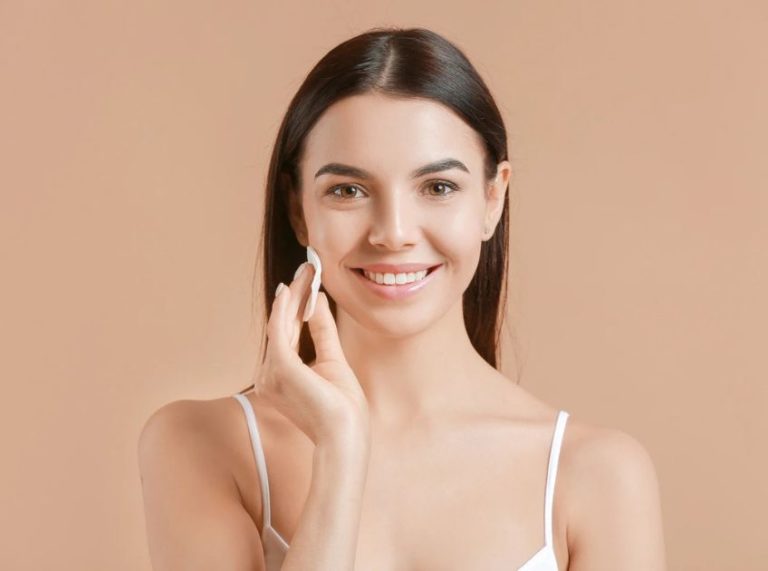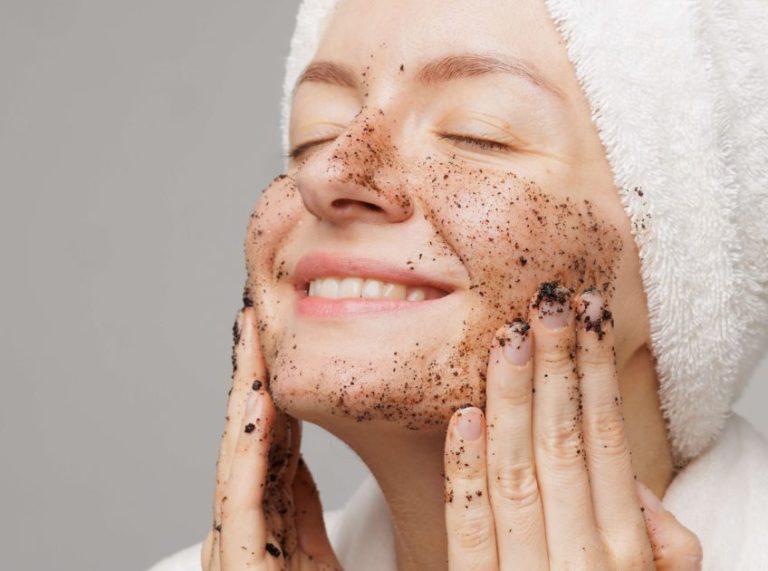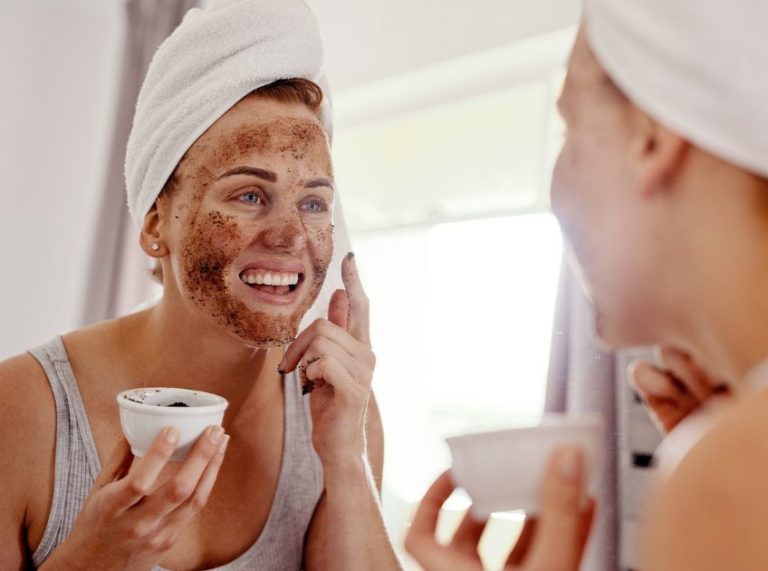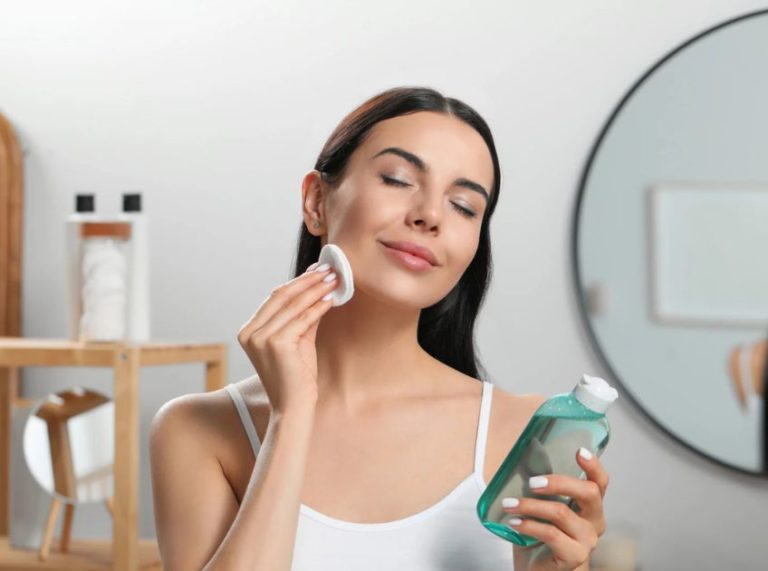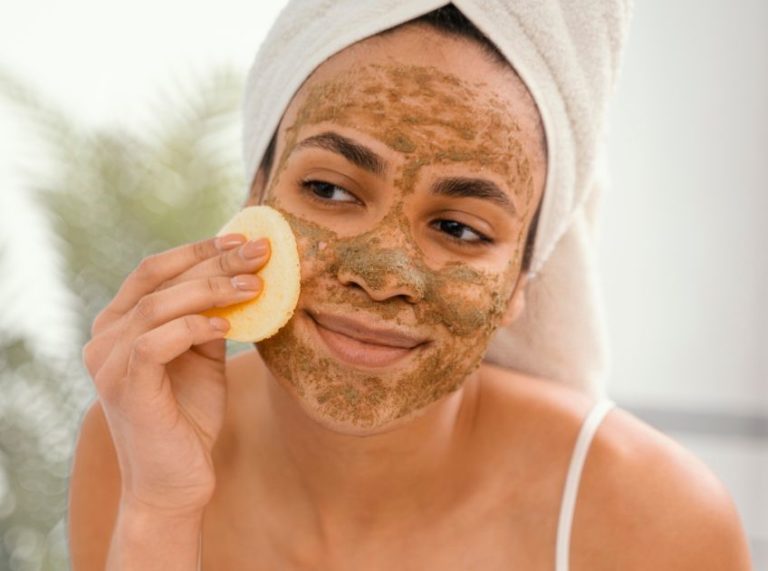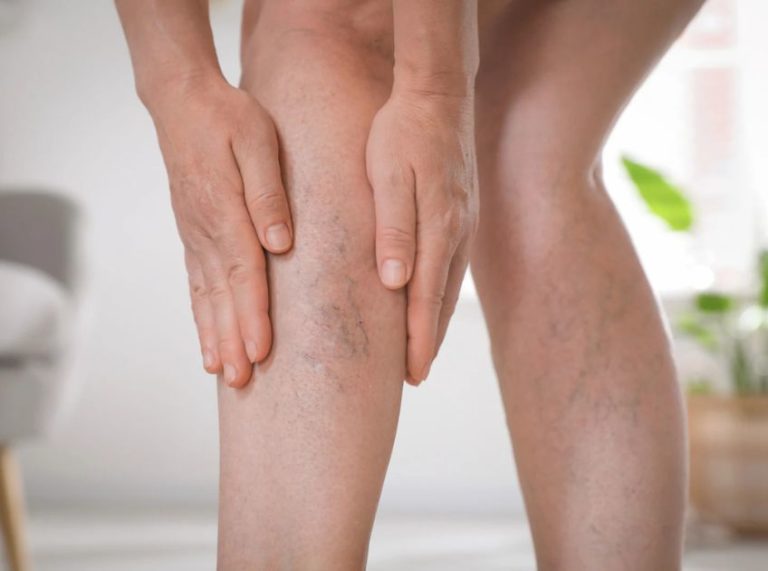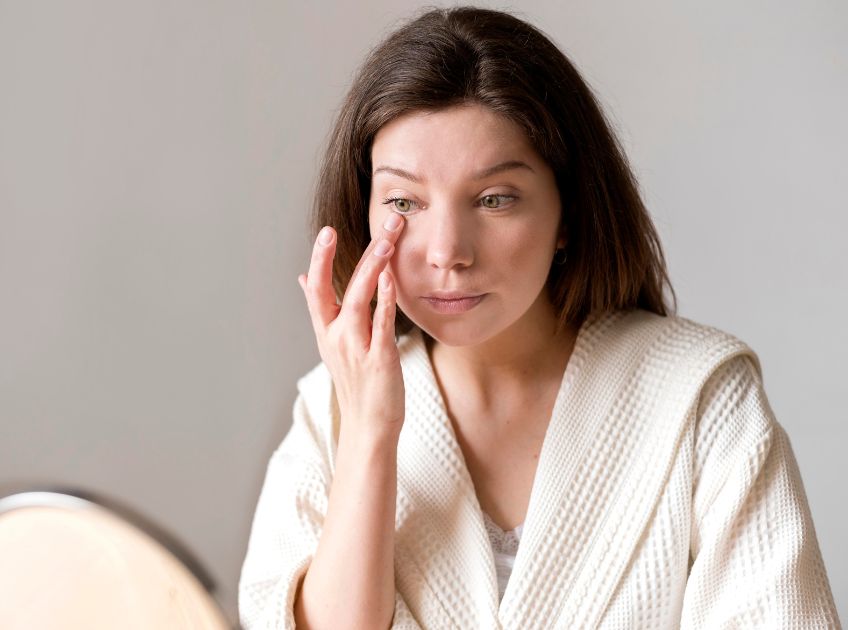
Important: This article is for informational purposes only. Please read our full disclaimer for more details.
Droopy eyelids, medically known as ptosis, can make you look tired, older, or less alert than you feel. While many people believe that surgery is the only way to fix this, the good news is that there are non-surgical solutions that can help lift, firm, and rejuvenate your eyelids.
From targeted exercises and skincare treatments to lifestyle changes and non-invasive medical procedures, there are plenty of options backed by science that can naturally improve the appearance of your eyelids.
What Causes Droopy Eyelids?
Droopy eyelids can result from several factors, and understanding the cause helps you choose the right fix:
- Aging: As we age, the levator muscles responsible for lifting the eyelids weaken, and the skin loses collagen and elasticity.
- Genetics: Some people are naturally predisposed to having heavier eyelids or weaker eyelid muscles.
- Muscle or Nerve Issues: In rare cases, conditions like myasthenia gravis or nerve damage can lead to drooping.
- Lifestyle Habits: Lack of sleep, dehydration, and excessive rubbing of the eyes can contribute to eyelid sagging over time.
According to a 2019 study published in the Journal of Cosmetic Dermatology, loss of collagen and elastin plays a key role in eyelid drooping, making preventative care essential (1).
Why Your Eyes Look Different as You Age
As the years pass, natural changes in skin structure and fat distribution around the eyes can alter their appearance:
- Collagen Breakdown: Collagen levels drop by about 1% per year after your mid-20s, leading to thinner and looser skin.
- Fat Loss and Redistribution: Fat pads around the eyes shift, causing hollows under the eyes and sagging above them.
- Gravity’s Effect: Over time, gravity pulls down the delicate skin around the eyelids, contributing to drooping.
Aging is inevitable, but with proper care, you can slow down these changes and maintain a youthful, alert appearance.
How to Fix Droopy Eyelids Without Surgery
Non-surgical methods are becoming increasingly popular due to their safety, affordability, and minimal downtime. Here are science-backed options to lift and firm droopy eyelids:
1. Eyelid-Targeted Exercises
Strengthening the levator palpebrae superioris muscles can help improve eyelid control. Simple exercises like gently lifting your brows, holding them for 5-10 seconds, and repeating several times a day may improve mild drooping.
Scientific Insight: A 2020 review in Clinical Ophthalmology suggests that eyelid exercises may improve muscle tone and lift in mild ptosis cases (2).
2. Skincare Treatments
Using products rich in retinoids, peptides, and hyaluronic acid can improve skin elasticity and firmness over time.
- Retinoids: Stimulate collagen production and reduce fine lines.
- Peptides: Strengthen skin structure and improve elasticity.
- Caffeine-Based Eye Creams: Reduce puffiness and tighten skin temporarily.
3. Non-Invasive Procedures
Modern dermatology offers several options that can tighten and lift the skin around the eyes:
- Radiofrequency (RF) Therapy: Stimulates collagen and elastin production.
- Ultherapy (Ultrasound Therapy): Uses sound waves to lift and tighten sagging skin.
- Plasma Pen Treatments: Encourage skin contraction for a natural lift.
- Study Highlight: A 2021 study in Lasers in Surgery and Medicine found that radiofrequency-based skin tightening significantly improves upper eyelid laxity without the risks of surgery (3).
4. Lifestyle Adjustments
- Stay Hydrated: Keeps skin supple and elastic.
- Use Sunscreen: Protects delicate eyelid skin from UV-induced collagen breakdown.
- Get Enough Sleep: Prevents swelling and tired-looking eyes.
- Quit Smoking: Smoking accelerates skin aging and droopiness.
Do Droopy Eyelid Exercises Work?
Eyelid exercises can mildly strengthen eyelid muscles and improve firmness, especially in younger individuals or those with mild drooping. However, results take consistency and are most effective when combined with skincare and other non-invasive treatments.
For more severe cases, exercises alone may not provide a noticeable lift, and professional treatments might be necessary.
Are Droopy Eyelids Serious?
In most cases, droopy eyelids are a cosmetic concern rather than a health issue. However, if ptosis becomes severe, it can affect vision by covering part of the pupil. Droopy eyelids may also be linked to underlying medical conditions like:
- Neurological disorders
- Eye muscle weakness
- Nerve damage
If your eyelids are suddenly drooping or affecting your sight, consult an eye specialist immediately.
When Should You Seek Professional Treatment?
Seek medical attention if you experience:
- Sudden or rapid drooping of one or both eyelids
- Blurred or obstructed vision
- Drooping accompanied by headaches or dizziness
Early evaluation can rule out serious conditions and help you decide between non-invasive treatments or surgical options if necessary.
Scientific Insights on Non-Surgical Eyelid Fixes
Research shows that non-invasive treatments like RF therapy, ultrasound, and targeted skincare can effectively tighten eyelid skin and stimulate collagen production. These options offer noticeable improvements without the downtime and risks associated with surgery.
For example, a clinical trial published in the Journal of Cosmetic and Laser Therapy (2022) found that plasma energy treatments improved eyelid tightness by up to 40% after three sessions (4).
Frequently Asked Questions (FAQ’S)
Q1. Can creams alone fix droopy eyelids?
A. Not completely. While creams with retinoids and peptides can tighten and hydrate, they work best when combined with exercises or non-invasive treatments.
Q2. How long do non-surgical treatments take to show results?
A. Results vary, but most patients notice visible improvements within 4 to 8 weeks of starting treatments like RF therapy or ultrasound tightening.
Q3. Are droopy eyelids preventable?
A. You can’t entirely prevent droopy eyelids, but practicing good skincare, using sunscreen, maintaining hydration, and avoiding smoking can slow down eyelid sagging.
Droopy eyelids don’t always require surgery to fix. With targeted exercises, science-backed skincare, and modern non-invasive treatments, you can achieve a refreshed, youthful appearance safely and effectively.
Start with small steps—like improving your skincare routine, trying eyelid exercises, and protecting your skin from UV damage. For more noticeable results, consult a dermatologist or aesthetic specialist about RF therapy, plasma treatments, or ultrasound tightening.
